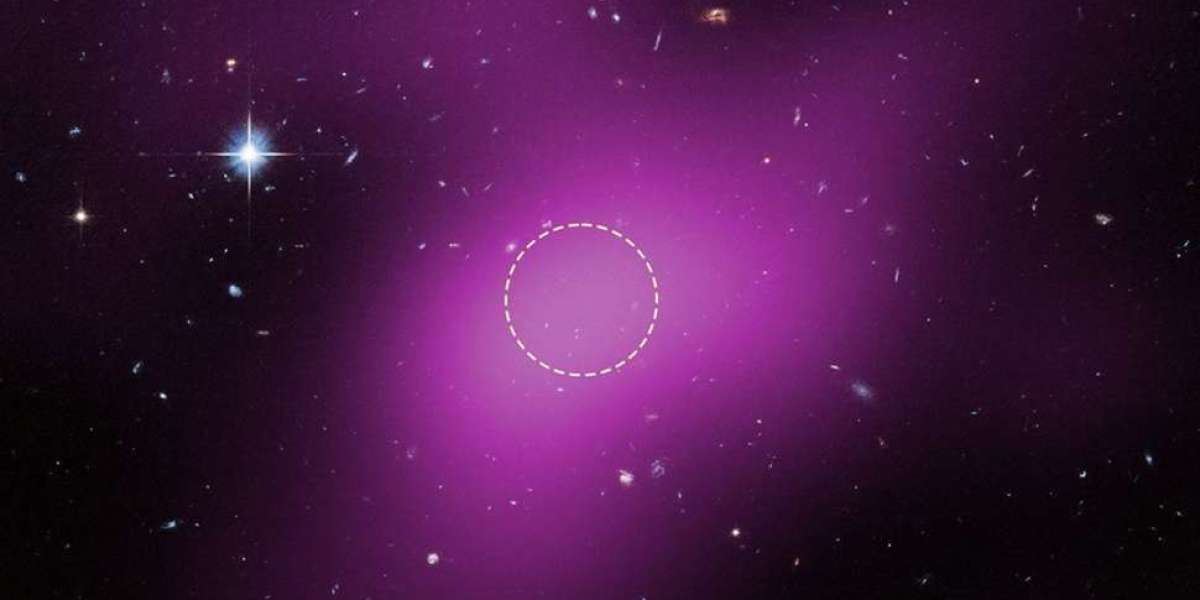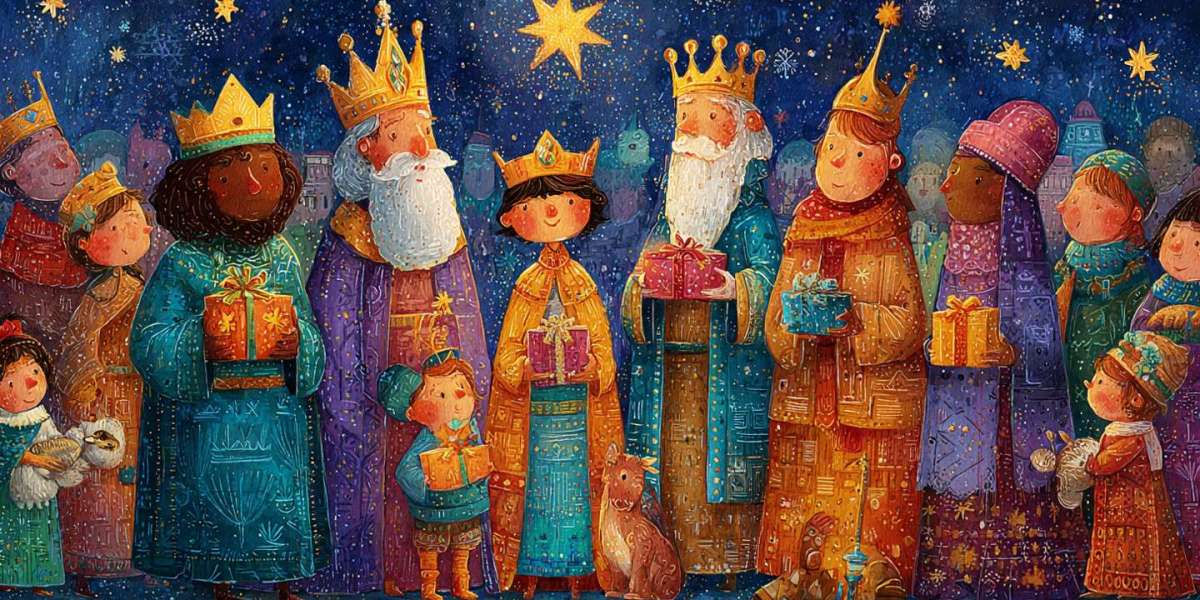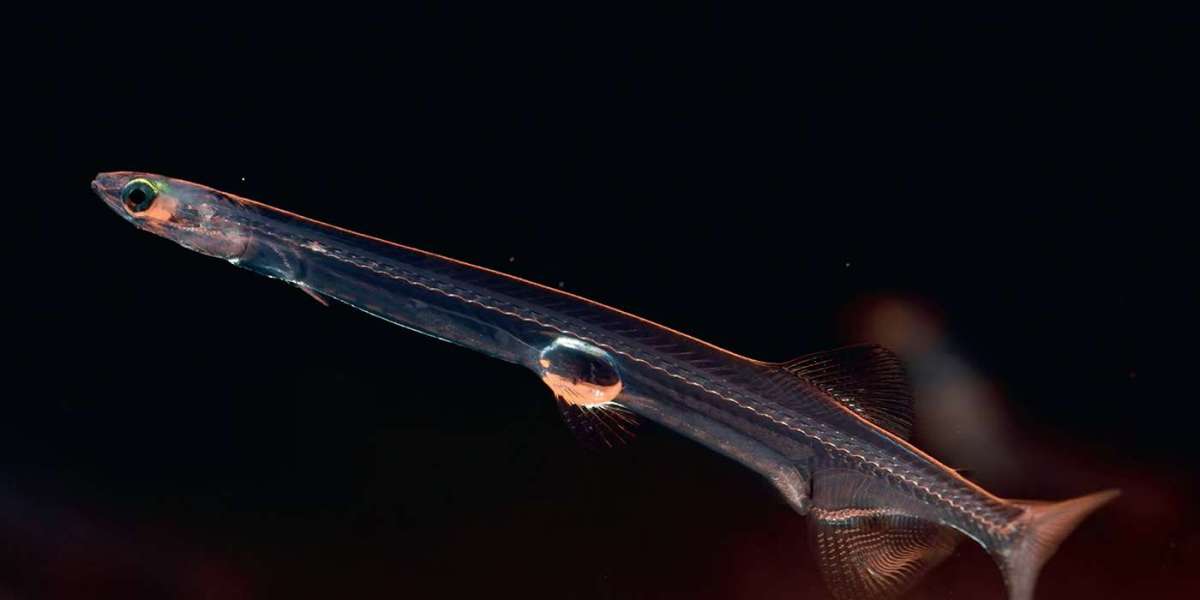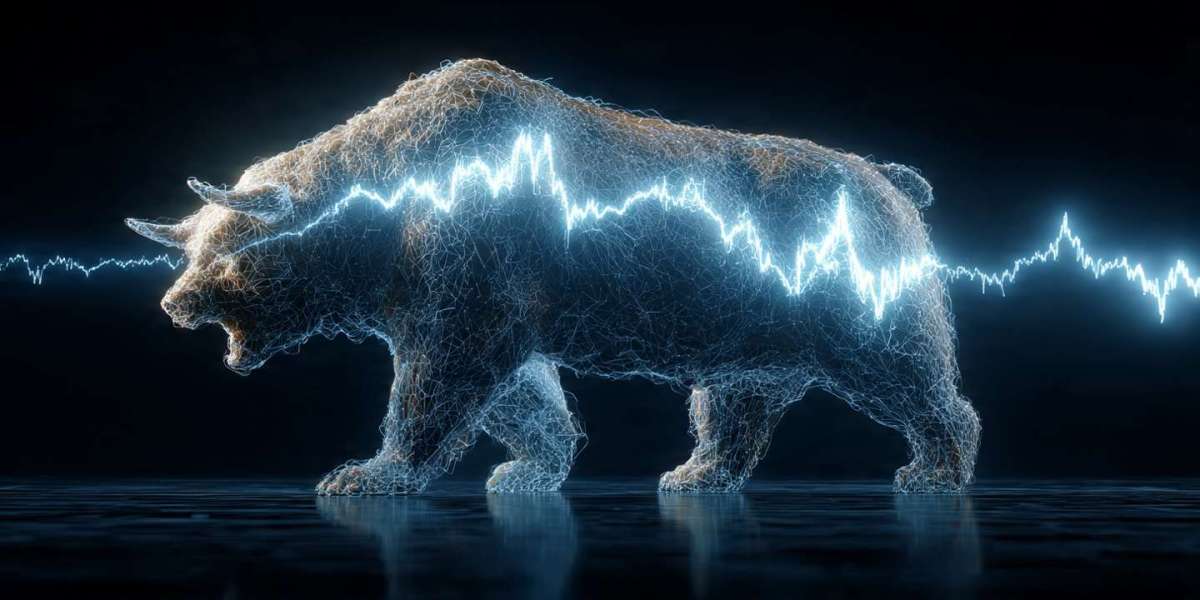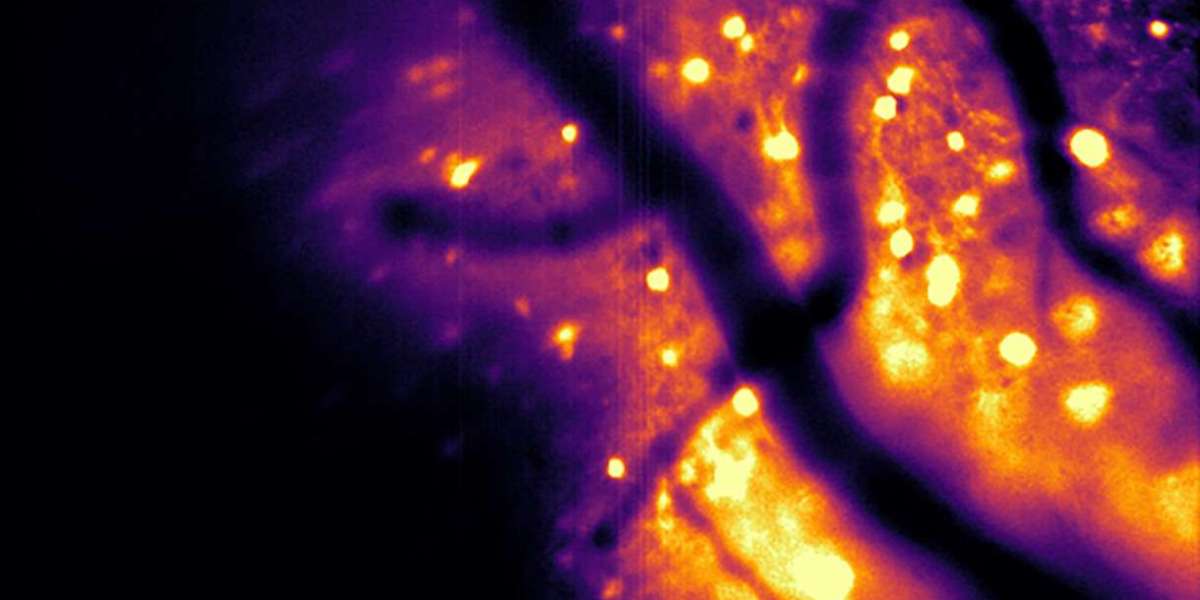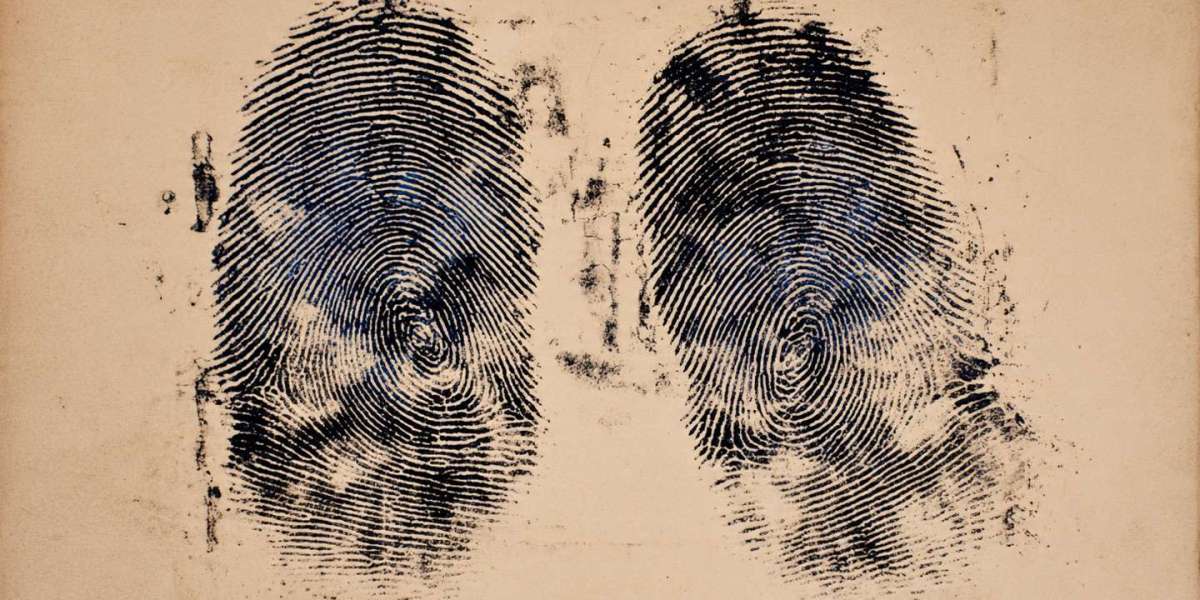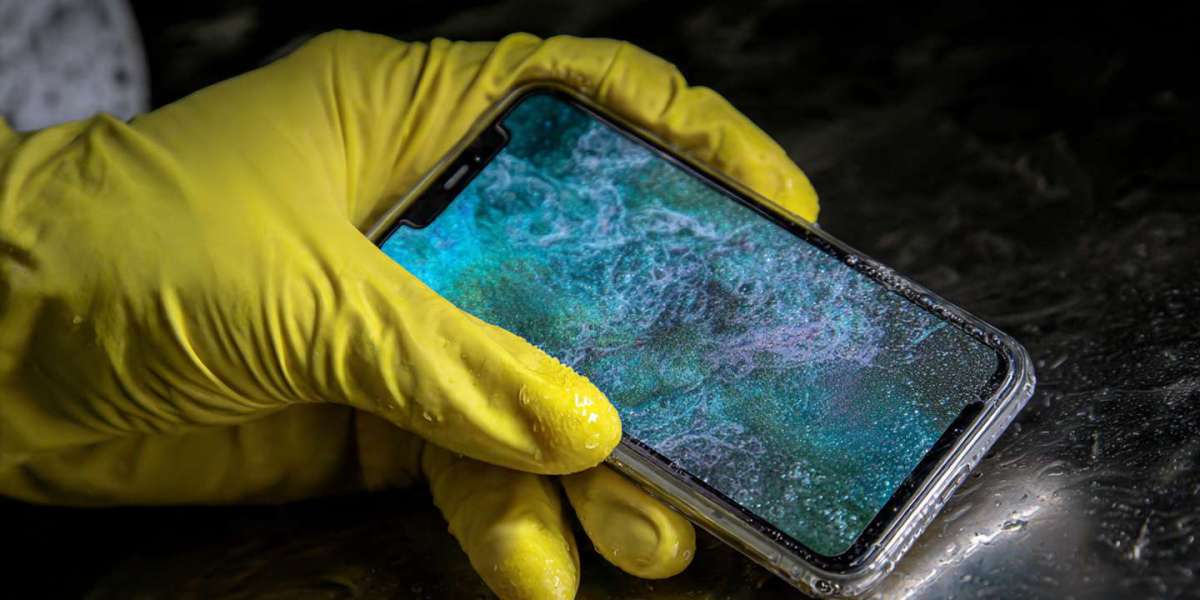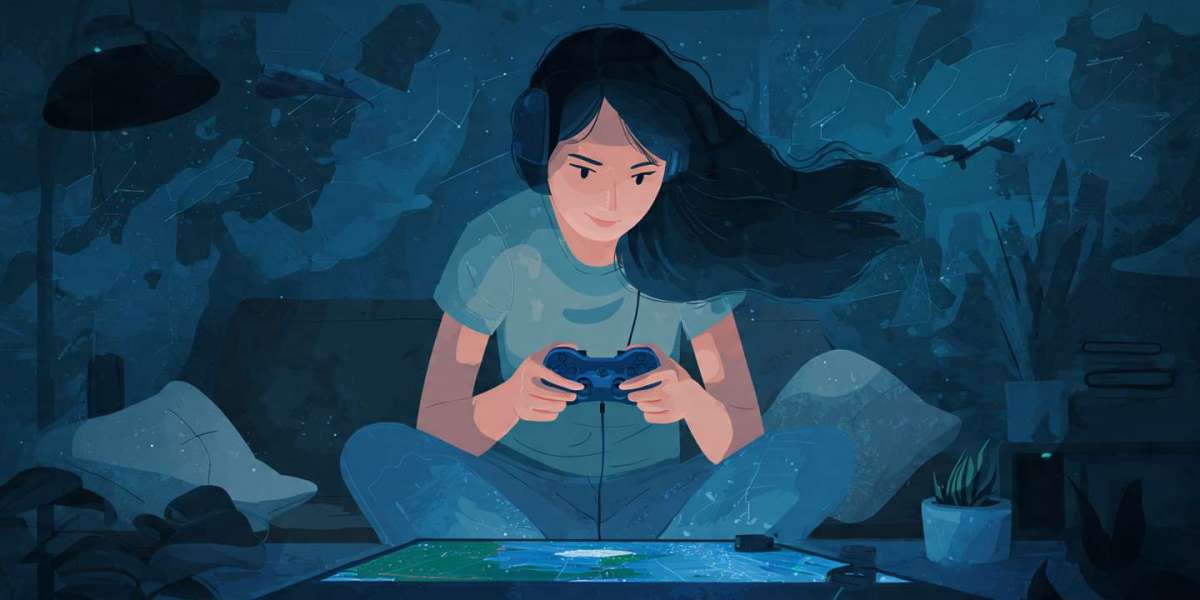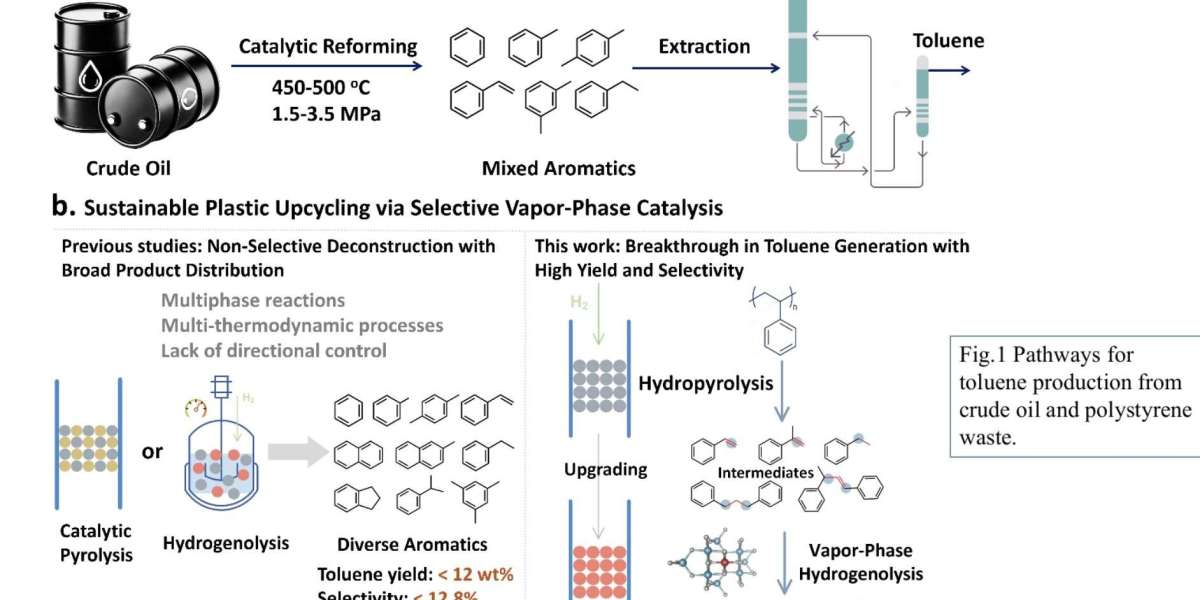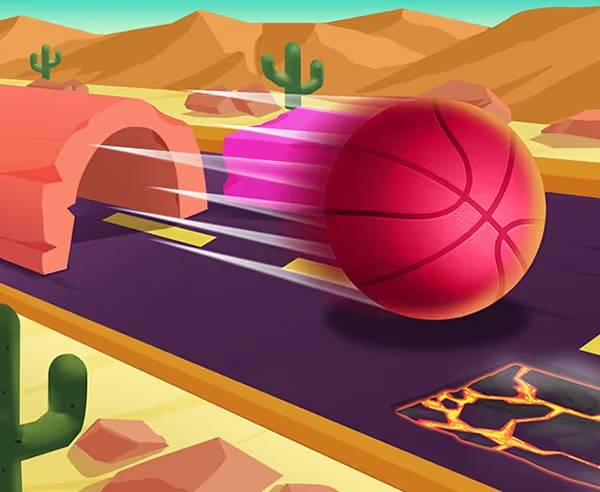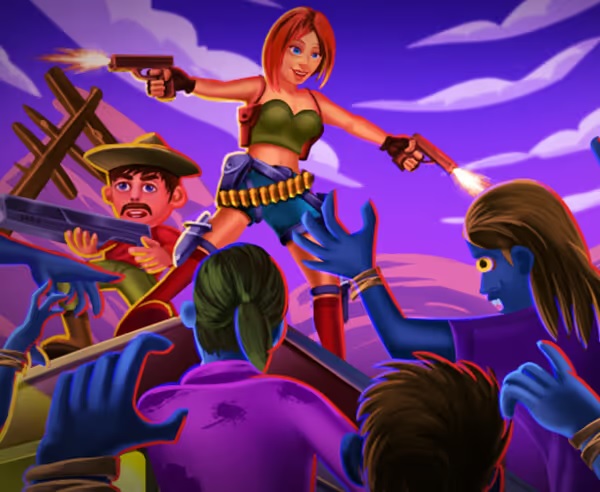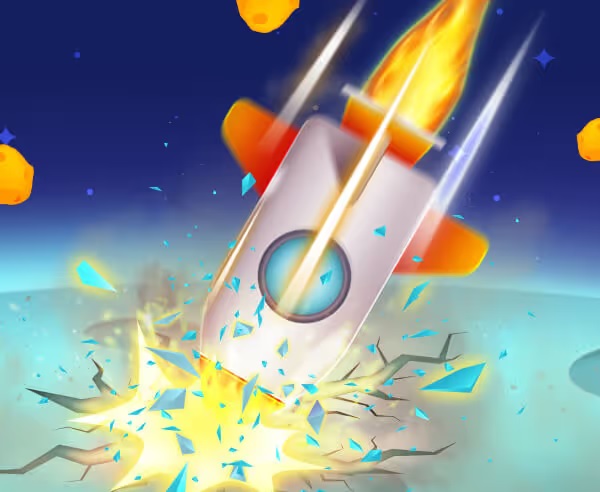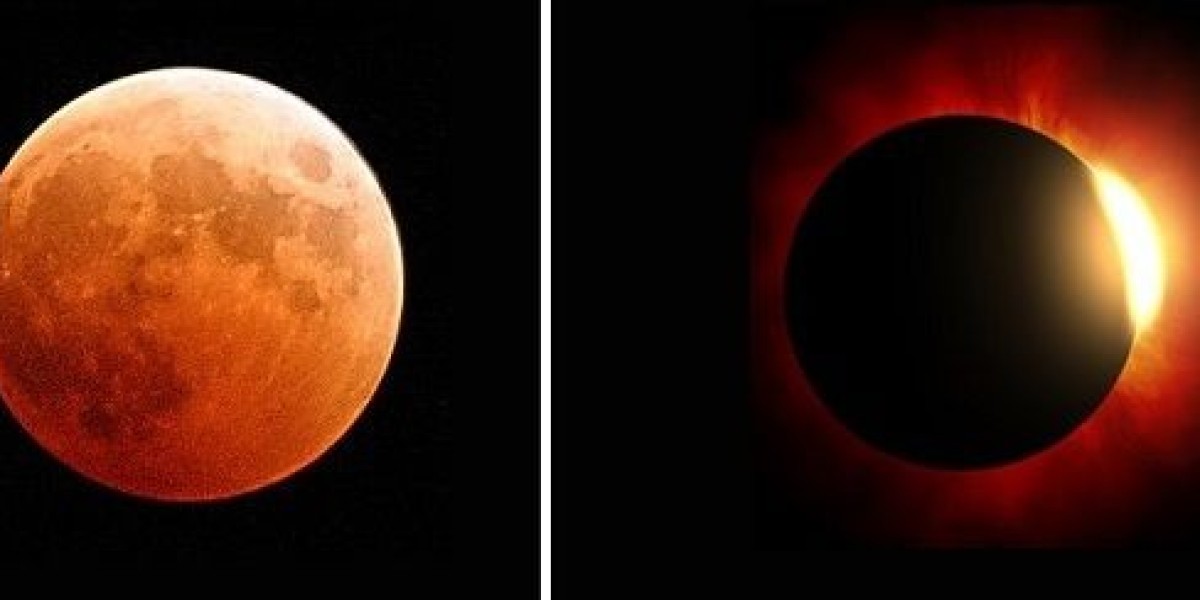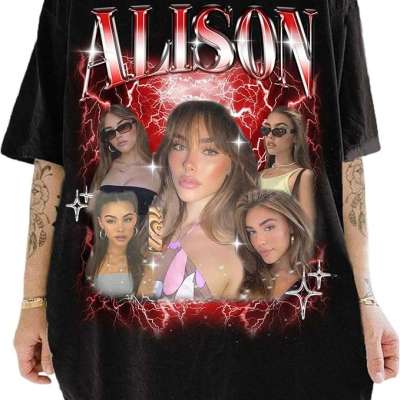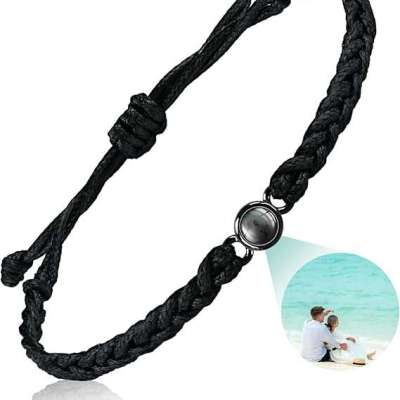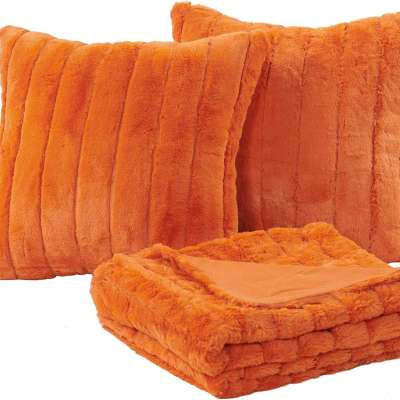The Internet is currently buzzing with talk about an extinct prehistoric wolf species that roamed North America, and its famous image appeared in the fantasy series “Game of Thrones.”
Colossal Biosciences, a Dallas-based biotechnology company, claims to have revived an Ice Age "dread wolf" species in the form of three genetically modified gray wolf pups.
The company said in a statement that it had succeeded in reviving a previously extinct species through the science of de-extinction, according to Science Alert.
"Achievement for the first time"
She also added that the company's innovations in science, technology and environmental preservation made it possible to accomplish something that had never been accomplished before.
To produce these pups, scientists at Colossal used previous genetic sequencing studies to make only 20 unique microedits among the 2.5 billion base pairs in gray wolf germ cells. They then used surrogate mother dogs to deliver the genetically modified gray wolf pups.
While the company has not announced its intention to produce a genetically accurate dire wolf, even if they were trying to produce a wolf that looks and behaves like they believe a dire wolf would, experts say it would likely require tens of thousands, if not hundreds of thousands, of critical genetic changes.
Matt James, Colossal's chief animal officer, who oversaw the pregnancies and births, told The New York Times that when the pups were born, he knew they had succeeded as soon as he saw the white fur.
advertisement
experts doubt
In turn, Jeremy Austin, director of the Australian Center for Ancient DNA, pointed out that all Colossal did was produce a genetically modified gray wolf similar to what the company believes a dire wolf would have looked like.
He explained that even this remains controversial; the pups are morphologically similar, making it difficult to verify the exact appearance of an extinct member of the family through fossil remains.
He also said that Colossal claimed to be proud of restoring the dire wolf to its "rightful place in the ecosystem." He questioned whether this was truly its "rightful place," or whether it would threaten other animals that had not yet become extinct.
He added that it is also worth considering whether the ecosystem in which dire wolves once lived still exists.
Thank you !

